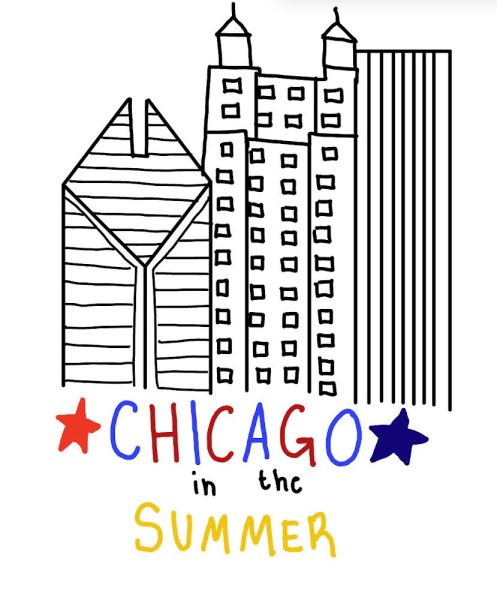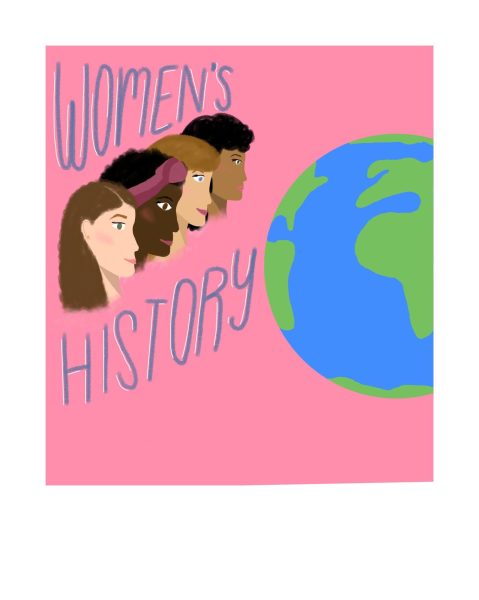Amazon Damage Goes Beyond Rainforest
The Amazon Rainforest has been burning for weeks now, and there is no end in sight. Many people do not realize how important this crisis is and that the Amazon Rainforest has a colossal effect on people all over the world. The forest covers 40% of South America and spans across eight different countries. Approximately 30 million people call the Amazon home, as do 40,000 different species of plants. An abundance of different species of animals live there as well. Consequently, the Amazon Rainforest serves as a home to numerous creatures in all shapes, sizes, and colors. Without the Amazon, all those residing there would be left without a home.
The Amazon Rainforest has been experiencing its worst drought in 100 years. The change in global climate is causing the lack of water. The dry spell has helped spread the raging fires due to the fact that there is less moisture to combat them. The forest fires had increased by over 75% as of August 25.
Vice President of World WildLife Fund, Kerry Cesareo, commented that “The out of control forest fires in Brazil are devastating, but not surprising… These fires are destroying ecosystems, displacing wildlife, and jeopardizing the livelihoods of millions. Conserving the Amazon, and other areas like it, is essential to conserving our planet.”
Many journalists and activists share a viewpoint with Cesareo and believe that the Amazon needs to be saved. In fact, CNN’s Nick Walsh travelled to Brazil to get first-hand coverage of the fires. Walsh has been assigned countless tragic stories, but he confessed this was one of the toughest topics.
“This is what the end of the world looks like,” Walsh said when he encountered the fires. Walsh, like other scientists, determined that change is unavoidable.
Although Chicago is far from South America, residents still rely on the Amazon Rainforest for basic necessities. The forest helps supply individuals with clean water through a cycle. The beginning of the cycle is when the parts of the Atlantic Ocean evaporate and is rained upon the plants in the Amazon. They will then be evaporated again and carried away, towards all areas of the world. This system seems to be simple enough, but it is actually very fragile and may collapse soon. Without the cycle, the rainforest will continue to grow drier and hotter.
It will take more than Instagram story posts to address these fires; it will take determination and leadership. To preserve the environment, individuals can do little things like avoiding single use plastics. Shoppers can also bring reusable bags when running errands. This will help cut down on plastic use, which can help protect natural environments and species. Also, by using long-lasting light bulbs and turning off lights not in use, residents can reduce the amount of greenhouse gas emissions. These small changes will help the environment immensely in the long run.
Even if only 60% of the rainforest is destroyed, it will produce the same amount of carbon emissions that will be produced globally over five to six years. Brazil’s government predicts that 17% has already been lost this year. At this rate, it will be only a little while before the Amazon is completely gone.
Scientist Adriane Esquivel-Muelbert has pleaded with Brazil’s government saying, “Please, don’t make things worse.” If we take action now, there is a chance we could save the forest and save what has been lost. This can only happen if we all take steps to prevent further damage. This does not mean a change in lifestyle, but rather small steps to save our earth.




